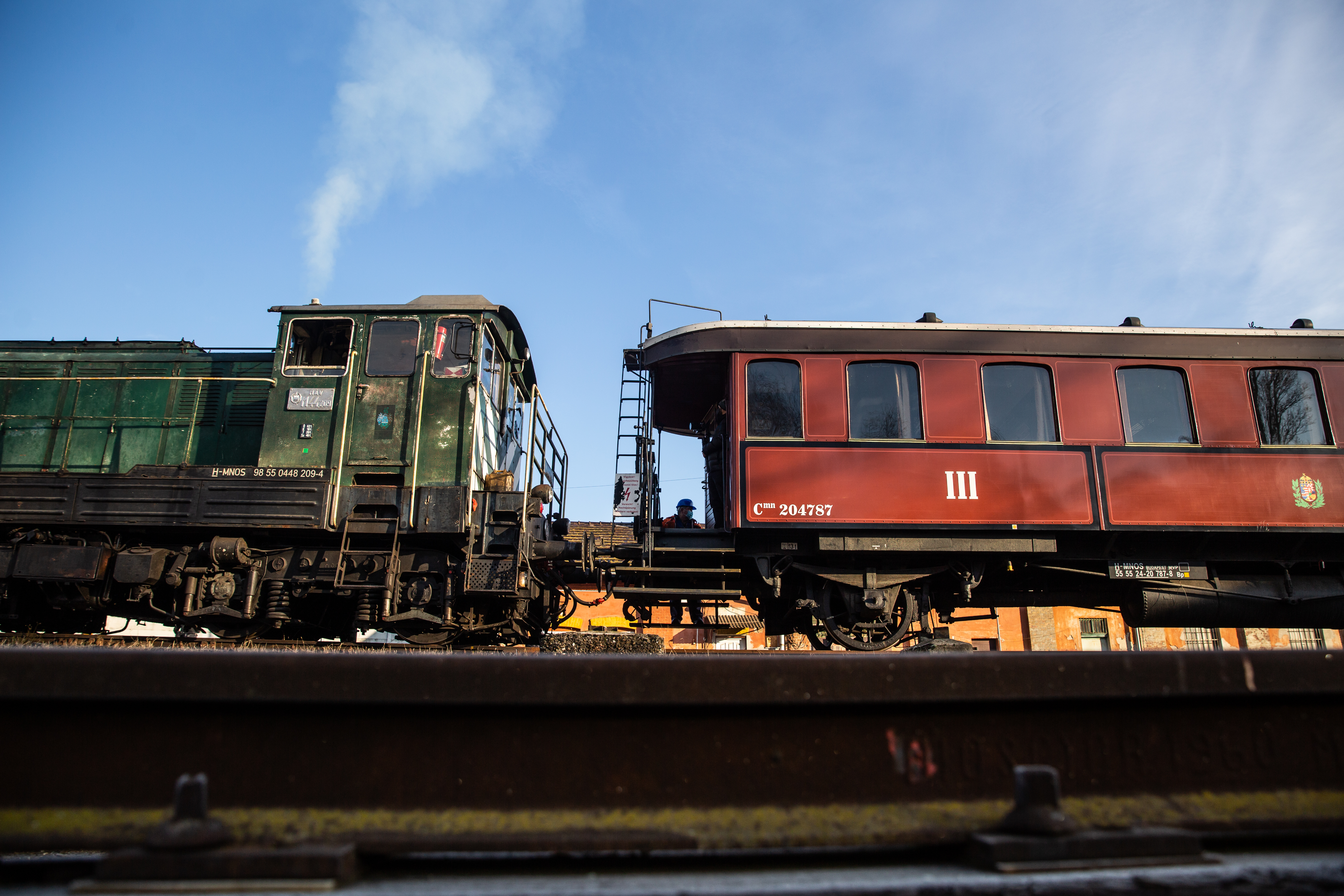The largest brownfield development in Europe is currently taking shape at a former MÁV rail site, helping to revive the area and provide major cultural attractions.
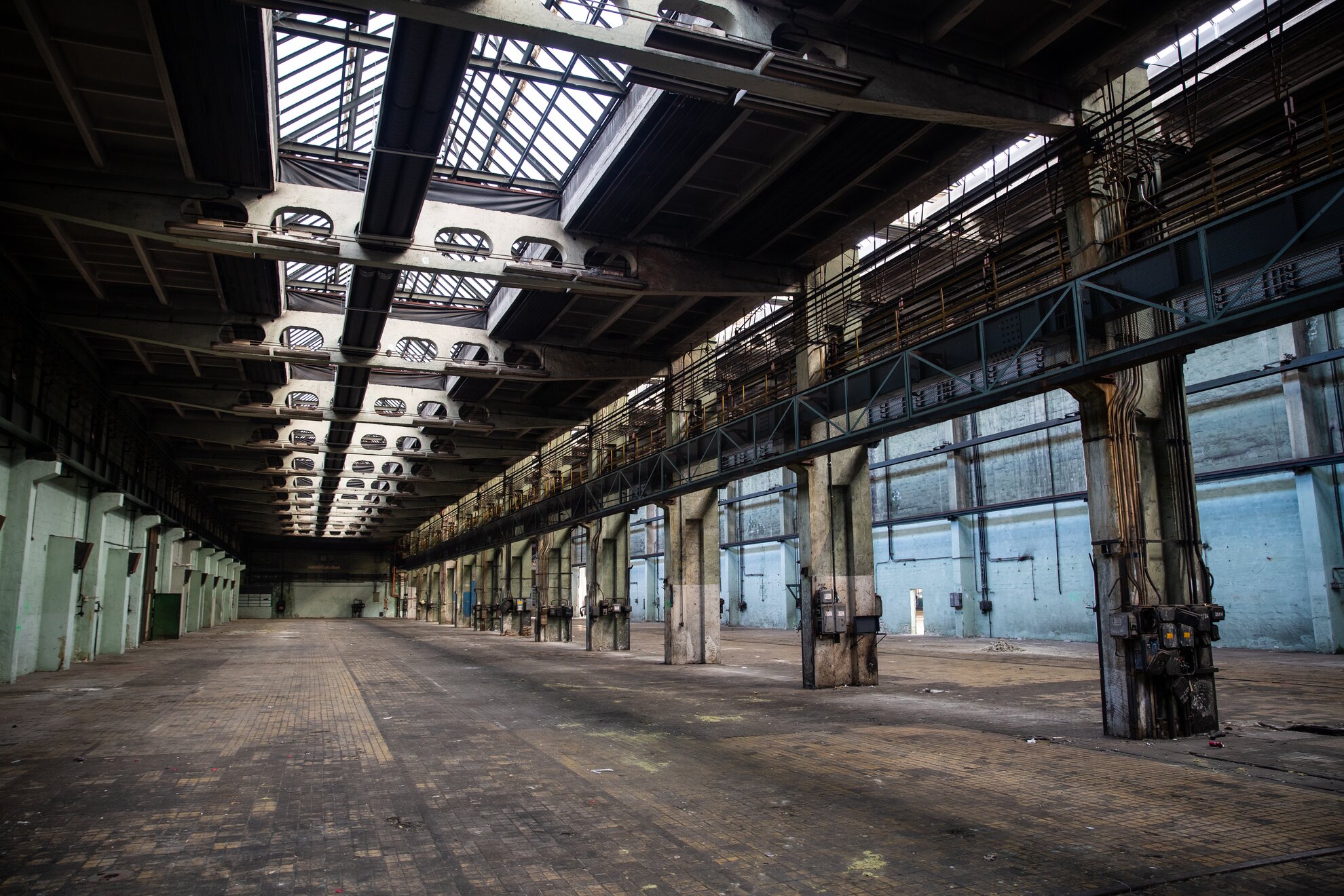
On a recent visit to the MÁV Northern Vehicle Repair Centre, we took a look at the new workshop and rehearsal space dedicated to the Opera House and its productions. . But the main focus in this vast steel structure 22,000 square metres in size is the new Transport Museum being installed here.
Though not yet open to the public, the facility already contains a number of locomotives and carriages worth investigating once the museum is unveiled.
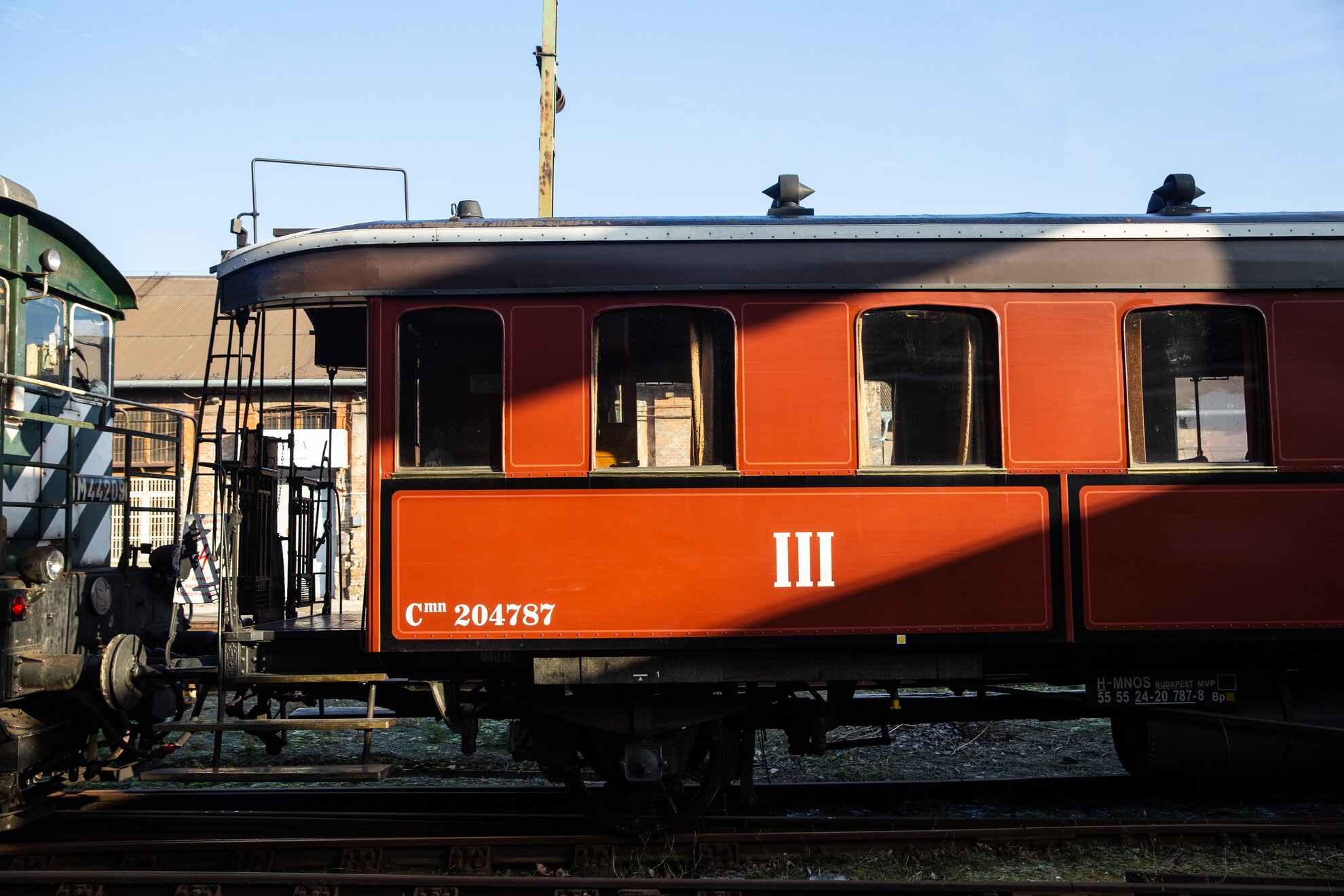
The Machine and Vehicle Factory of the Hungarian Royal State Railways, founded in 1870, was an important railway base on Kőbányai út, where vehicle production was already underway by the early 1870s.
Ever more locomotives,
lorries and cars were repaired and manufactured, and the number of employees
increased. At the turn of the century, the facility was expanded, first called the Budapest Main Workshop and later the Northern Main Workshop, as it dealt with
vehicles brought from the northern part of Hungary.
At that time, there were 90
steam locomotives and 455 carriages in the indoor area and 48 locomotives
outside.
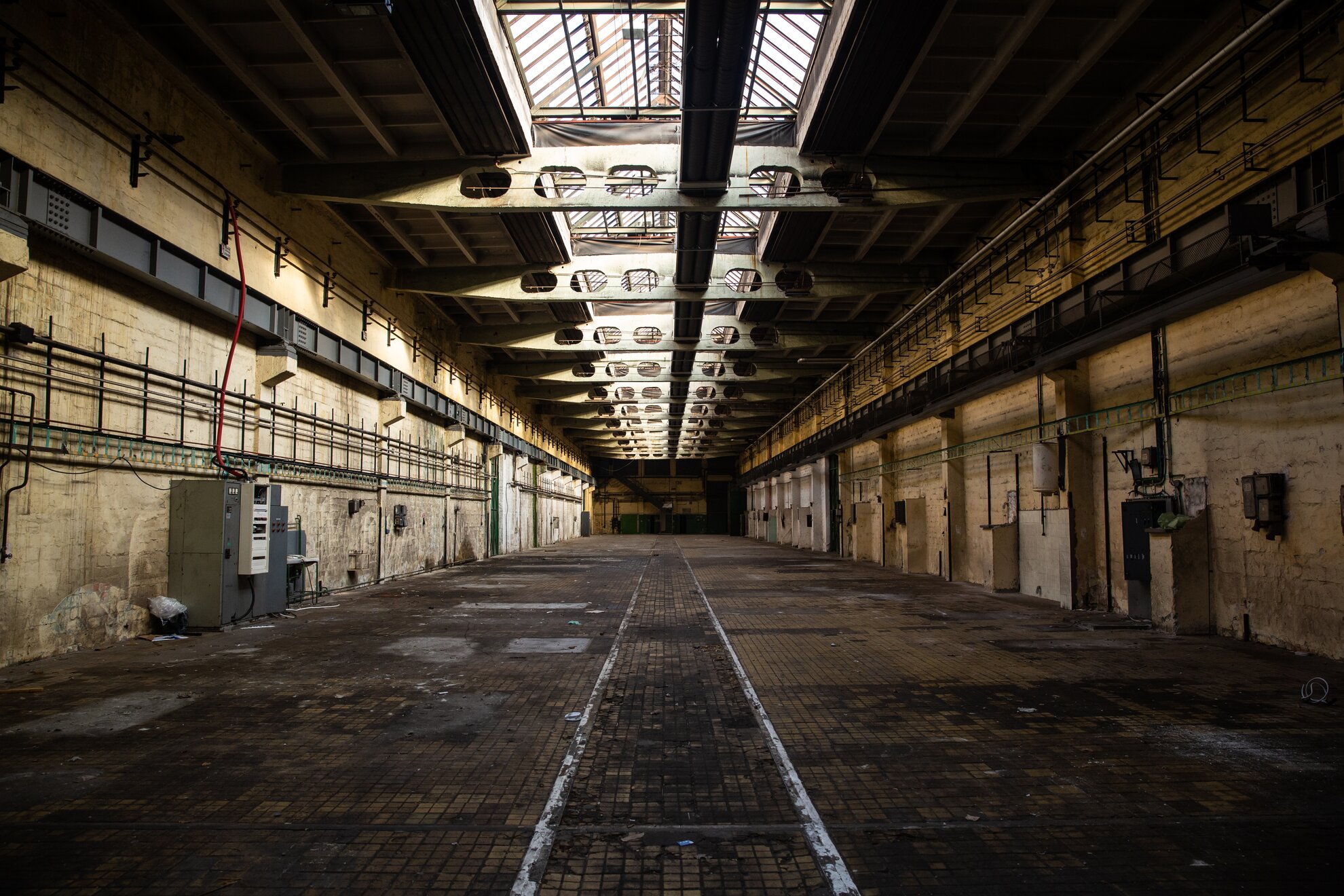
The Diesel Hall, unveiled in
1962 and partly listed, is one of the most important buildings of the post-war railway
industrial architecture. This will be where the site of the new Transport
Museum.
The pairs of rails crossing the floor echo the former function of the
space, operative until 2009, where locomotives were pulled in or pushed out, and
often completely dismantled.
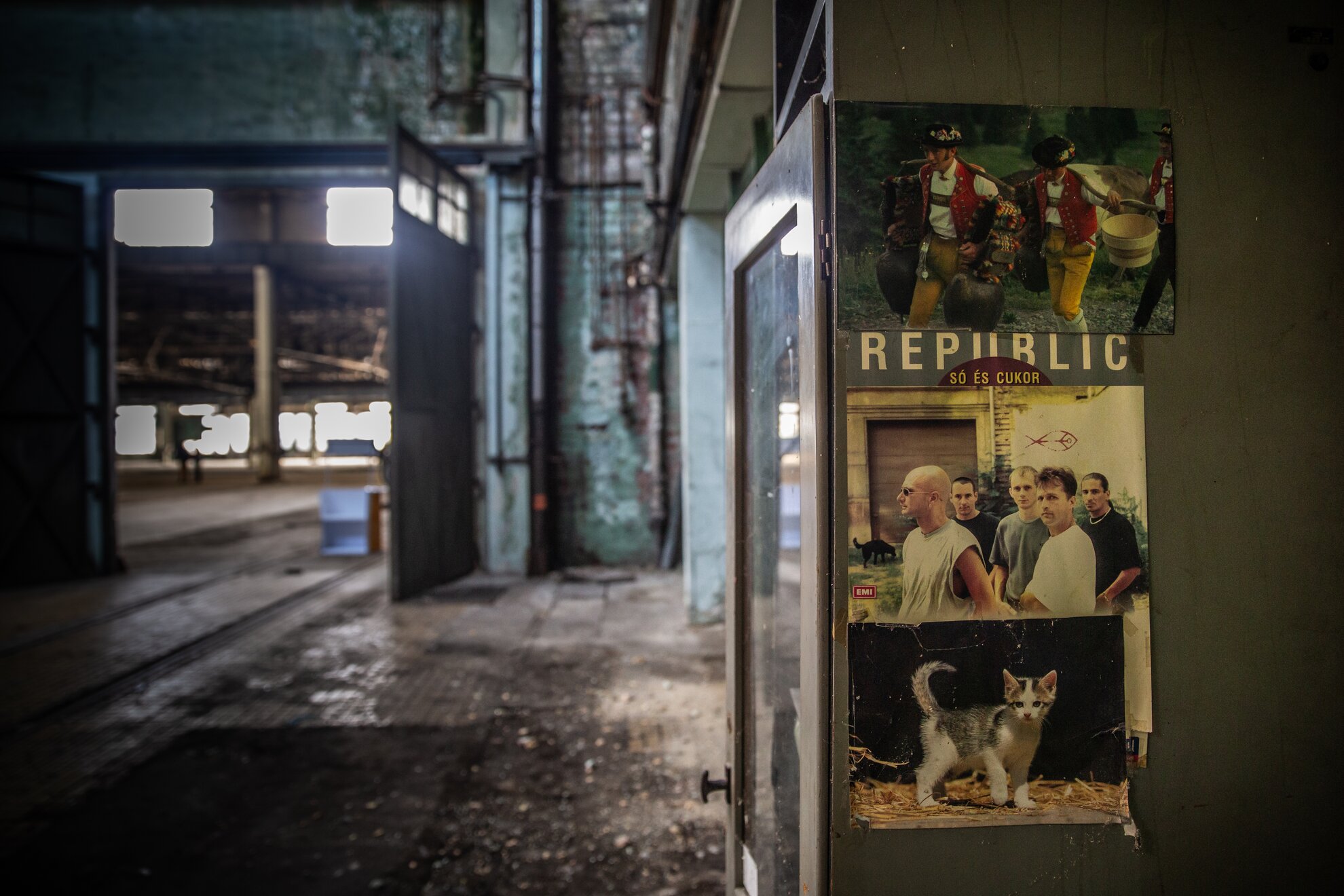
Small cabinets, switches and lifts also give a nod to the building’s past. In essence, only workers and vehicles are missing. It’s an industrial heritage that few who come here will have experienced, yet evokes a particular nostalgia – they’ve even kept an old poster in one of the glass cabinets.
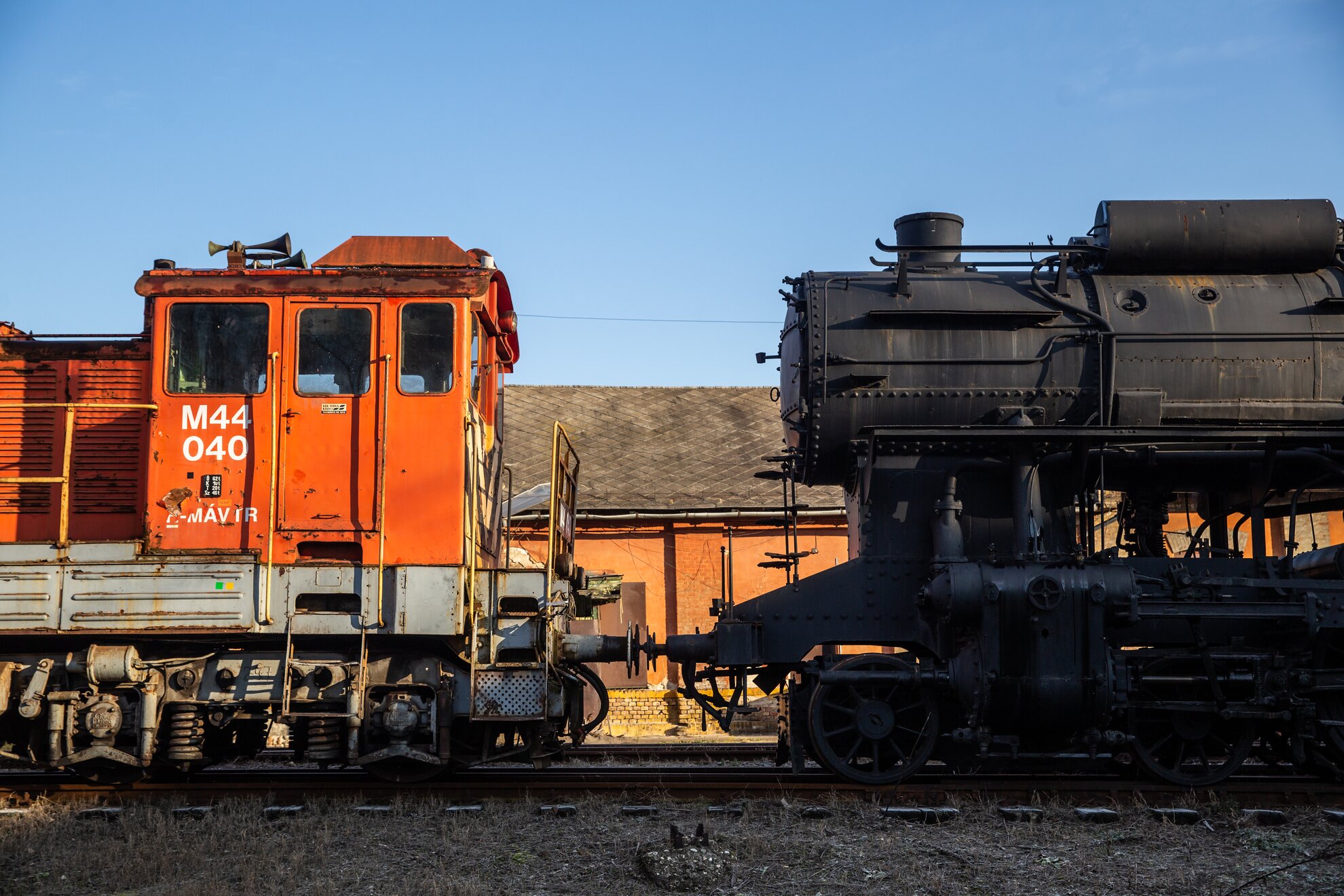
There’s something magical about
old locomotives and train carriages, the trundling 424 steam locomotive or futuristic
242 series a delight for those who aren’t even railway enthusiasts.
These vehicles
will be part of the new temporary exhibition here, open to the public as soon
as the pandemic permits.
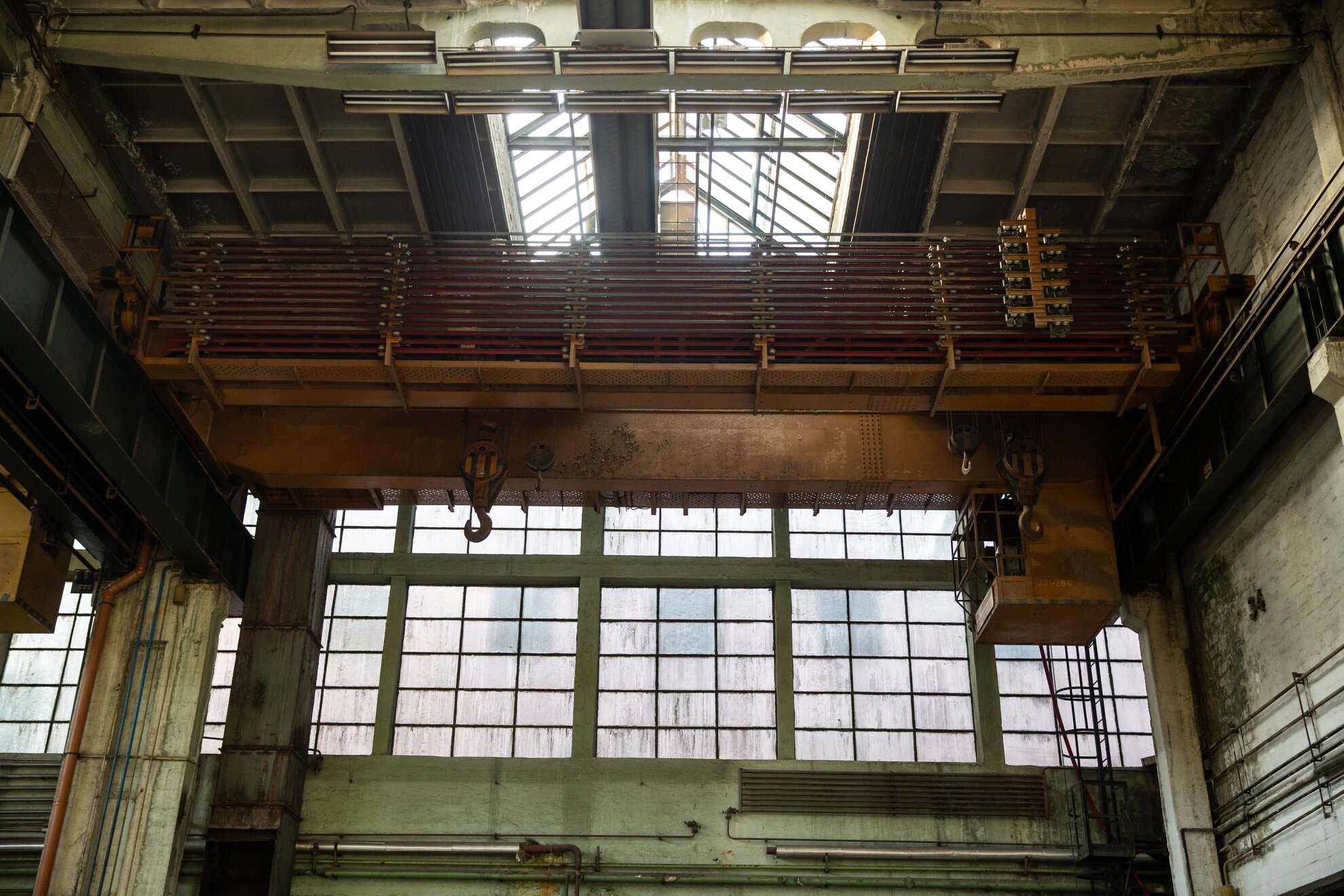
The plans for the new Museum of Transportation are being prepared by the American architectural firm Diller Scofidio + Renfro. The design process is still ongoing and is expected to be approved in the summer.
